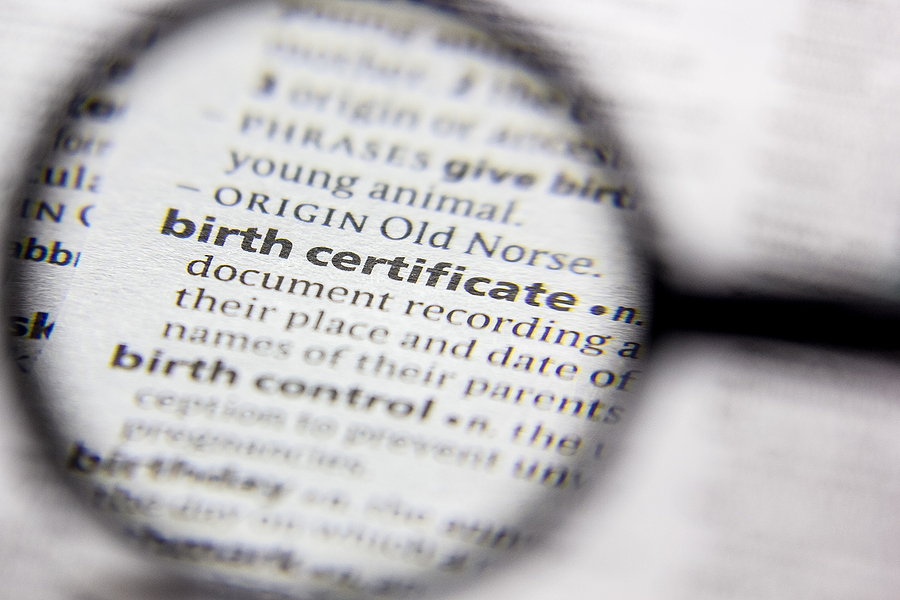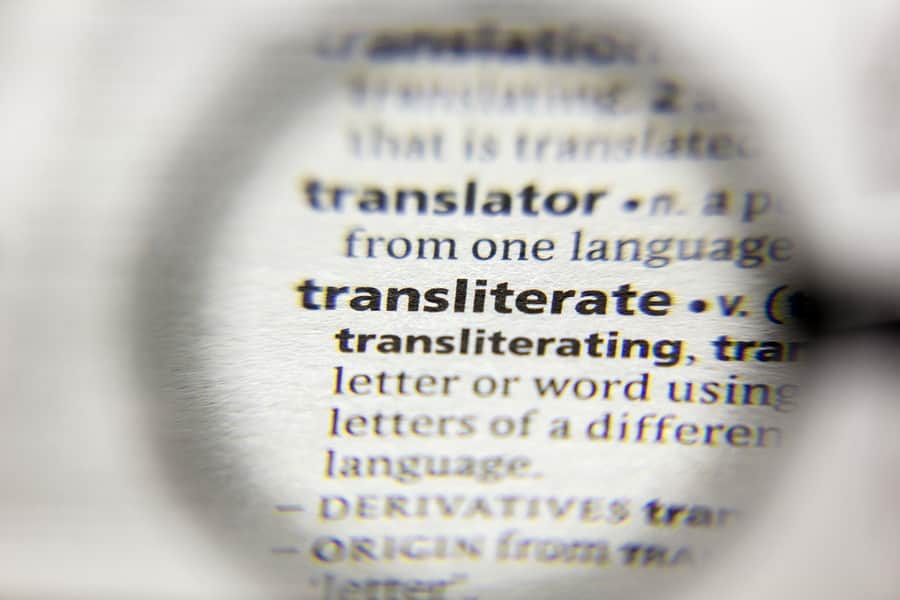Quick Quote
Archives
- November 2023
- October 2023
- September 2023
- August 2023
- July 2023
- June 2023
- May 2023
- April 2023
- March 2023
- February 2023
- January 2023
- December 2022
- November 2022
- October 2022
- September 2022
- August 2022
- July 2022
- June 2022
- May 2022
- April 2022
- March 2022
- February 2022
- January 2022
- December 2021
- November 2021
- October 2021
- September 2021
- July 2021
- June 2021
- April 2021
- March 2021
- February 2021
- December 2020
- October 2020
- August 2020
- July 2020
- June 2020
- May 2020
- April 2020
- March 2020
- February 2020
- January 2020
- November 2019
- October 2019
- September 2019
- August 2019
- July 2019
- June 2019
- May 2019
- April 2019
- March 2019
- February 2019
- January 2019
- December 2018
- November 2018
- October 2018
- September 2018
- August 2018
- July 2018
- June 2018
- May 2018
- April 2018
- March 2018
- February 2018
- January 2018
- December 2017
- November 2017
- October 2017
- September 2017
- August 2017
- July 2017
- June 2017
- May 2017
- April 2017
- March 2017
- February 2017
- January 2017
- December 2016
- November 2016
- October 2016
- September 2016
- August 2016
- July 2016
- June 2016
- May 2016
- April 2016
- March 2016
- February 2016
- January 2016
- December 2015
- November 2015
- October 2015
- September 2015
- August 2015
- July 2015
- June 2015
- May 2015
- April 2015
- March 2015
- February 2015
- January 2015
- December 2014
- November 2014
- October 2014
- August 2014
- July 2014
- June 2014
The Meaning of Transliteration
Transliteration is the term used to describe the process of converting a language from one unique writing system to a different one. Many languages such as Russian and Bulgarian use the Cyrillic alphabet, while Japanese uses Kanji and Hindi and Nepali share a script called Devanagari. What transliteration does is covert these scripts into Latin letters. It doesn’t actually translate the meanings. If you go into a Chinese restaurant in New York and you want to buy chow mein, these words aren’t English but you know from experience what you are buying. If chow mein was written in Mandarin characters (炒面), unless you were a Mandarin speaker you would have no idea what these characters mean. Chinese restaurants oblige their customers by providing a transliteration of Mandarin script into Latin letters to help your understanding. This happens in key tourist spots in China as well. Of course, some Chinese restaurants go a step further and provide an English translation of chow mein which is ‘stir-fried noodles,’ as it helps customers make the right selection from the menu. As can be seen from the Chinese example, transliteration is not the same as translation. The aim of translation is to allow a speaker of one language to understand words in another language. The meaning of the text in the source language has to be the same when translated into a second language. Transliteration is different as it enables a reader to be able to read a text which is normally written in say Cyrillic but is converted into for example Latin lettering so that those who understand Latin lettering can pronounce the words. Latin lettering is used in some of the commonest languages spoken in the world, like English, German, French and Spanish and many others. If the word ‘Good Morning’ is transliterated from Mandarin to Latin lettering the Mandarin (早上好) is virtually impossible for anyone but a Mandarin speaker to understand. Transliterated into Latin letters it becomes Zǎoshang hǎo. All those who understand Latin Letters can easily learn how to say good morning in Mandarin once it has been transliterated. Of course, you have to know how to pronounce the words as well, which is a skill you can learn with some perseverance. In summary, translation provides the meaning of words in a second language. Transliteration does not provide the words’ meaning but it makes it easier to pronounce them. Transliteration alters the letters from a language or alphabet into characters of a similar-sounding in a different alphabet. It is quite clear that there is frequently a demand for the transliteration of some languages, especially in this globalised world where people who do not share the same language can have some access to languages with a dissimilar alphabet.What often Happens in a Chinese Restaurant?
How do Transliteration and Translation Differ?









Leave a Reply